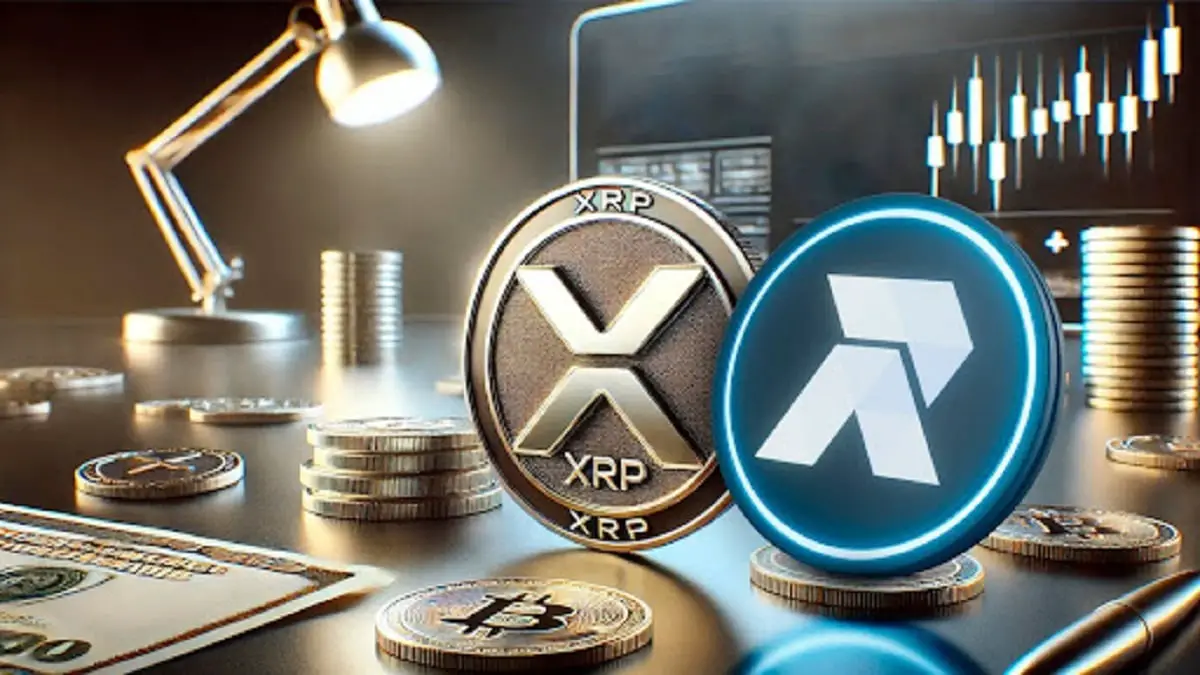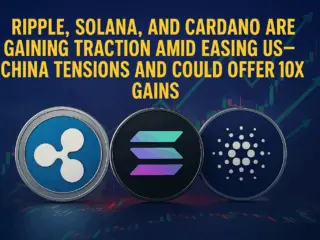Ripple Nachrichten: XRP from the International Finance Group appointed the best cross -border tool

- The Ripple XRP is recognized by the Institute of International Finance as one of the best alternatives for cross -border payments.
- Ripple’s blockchain technology offers faster, cost-effective solutions and is becoming increasingly popular in global finance.
The Institute of International Finance (IIF), an important player in global financial policy, recently recognized Ripple and its cryptocurrency XRP as a practical alternative for cross -border payments. This was part of the IIF answer to the consultation of the Bank for International Payment Compensation (BIZ) through the Committee for Payments and Market Infrastructures (CPMI).
The IIF paper, which is part of the Roadmap of the G20 to improve global payment transactions, underlines the benefits of XRP blockchain and XRP for faster and cheaper international transfers.
Although the IIF praised Ripple’s blockchain model, Rlusd, the new StableCoin von Ripple, which was introduced in December 2024, was not mentioned. This was probably a time problem, since RLUSD was introduced just one month before the IIF paper was presented. Nevertheless, the recognition of XRP is a sign of the growing acceptance of blockchain in the common financial systems.
Ripple and XRP in cross -border payments
The IIF paper dealt extensively on the Ripple blockchain infrastructure as a pioneer for cross-border payments. The Ripple network uses XRP as a bridge currency to avoid the inefficiency of traditional correspondence banking.
In this January consultation with the BIS, the The Institute of International Finance (IIF) responded how to bolster crossborder payments. The mention #XRP on #Ripple‘s network as an alternative rail. Also mention stablecoins, though #Rlusd was likely too new for consideration. pic.twitter.com/LD9Wk12F5M
— WrathofKahneman (@WKahneman) May 13, 2025
This means faster settlement times and lower transaction costs. The IIF found that the use of XRP as a non-stable-based cryptocurrency has great advantages, especially in regions that are undersupplied by traditional banking systems.
Ripple’s blockchain technology, in particular the XRP Ledger, enables immediate cross-border bills, which differs from the delays in traditional banking.
This makes Ripple a solution for financial institutions that want to improve their cross -border payments. The IIF emphasized several innovations, including its model, which shapes the future of global payment transactions.
Stable coins in cross -border payments
In addition to XRP, the IIF went into his Papier also the growing importance of stable coins in the global financial system. In the paper, stable coins such as USDC from Circle, Pyusd from PayPal and Base from Coinbase are mentioned as the most important actors in cross -border payment transactions. These assets offer low costs and fast transactions, which makes it an alternative to traditional methods.
Rlusd was not mentioned, probably because he is new. However, the general mention of stable coins is in line with the strategy of Ripple to integrate both traditional and digital assets into a payment system. In the paper, the platforms are highlighted because of their ability to enable inexpensive and quick international transfers. Interestingly, Ripple had offered to buy circle for $ 4 to $ 5 billion, but this was supposedly rejected.
RLUSD was added to the company’s cross -border payment system after its introduction, so that it could get more attention in future discussions if it gains dynamics.
Ripple in global finance
Ripple and XRP are recognized by financial institutions. Both the International Monetary Fund (IMF) and the World Economic Forum have talked about how Ripple’s technology can release capital that stuck in inefficient old systems. In financial reports, the use of XRP for cross -border transactions was also emphasized in order to reduce costs and accelerate transactions.
Ripple’s technology was also recognized by global financial companies such as Mastercard, which recently awarded the Ripple partner SBI remit for the use of XRP as a bridge currency for transfers.
As CNF reports, large financial institutions test XRP for real -time payments. Although Ripple’s offer for Circle has been reported, its presence in cross -border payment transactions is undeniable.
XRP is currently $ 2.61 with a 24-hour trading volume of over $ 5.7 billion. The discussions about XRP often revolve around the price, but acceptance by financial institutions is proof of its application.
Ripple is committed to the ISO 20022 standards. From day one, Ripple focused on cross -border payments and market fragmentation. Ripplenet is ISO 20022-compliant, and Ripple received a lei (Legal Entity Identifier) early on, so that it is well positioned for regulated ecosystems, including CBDCs and tokenized assets.







No Comments